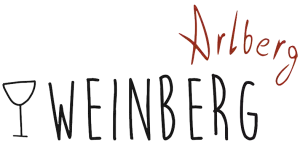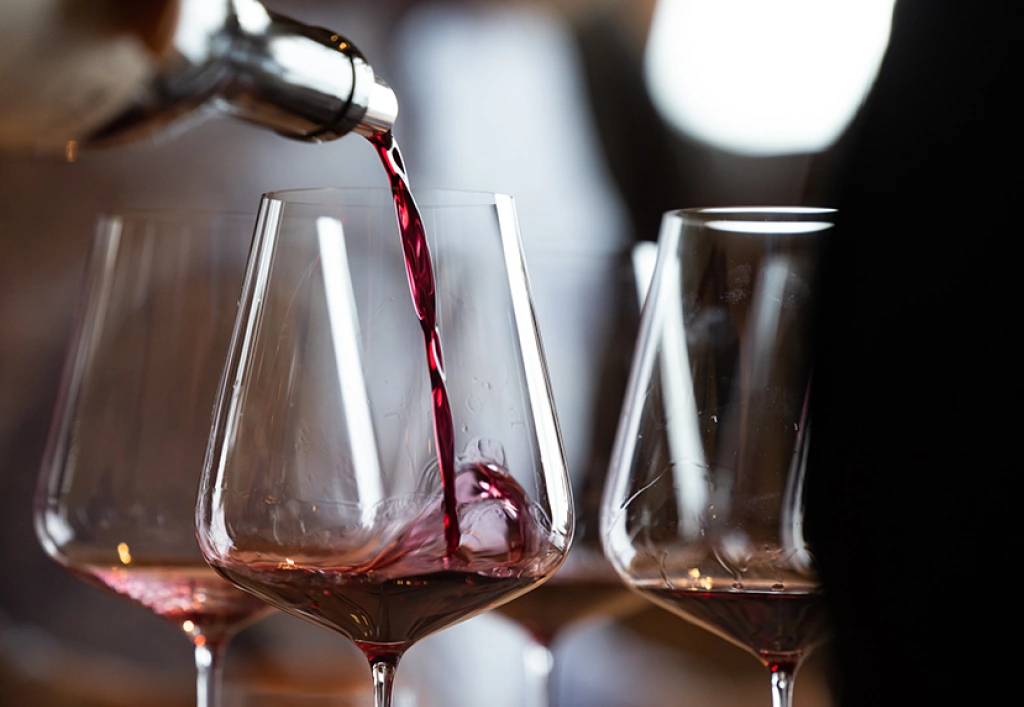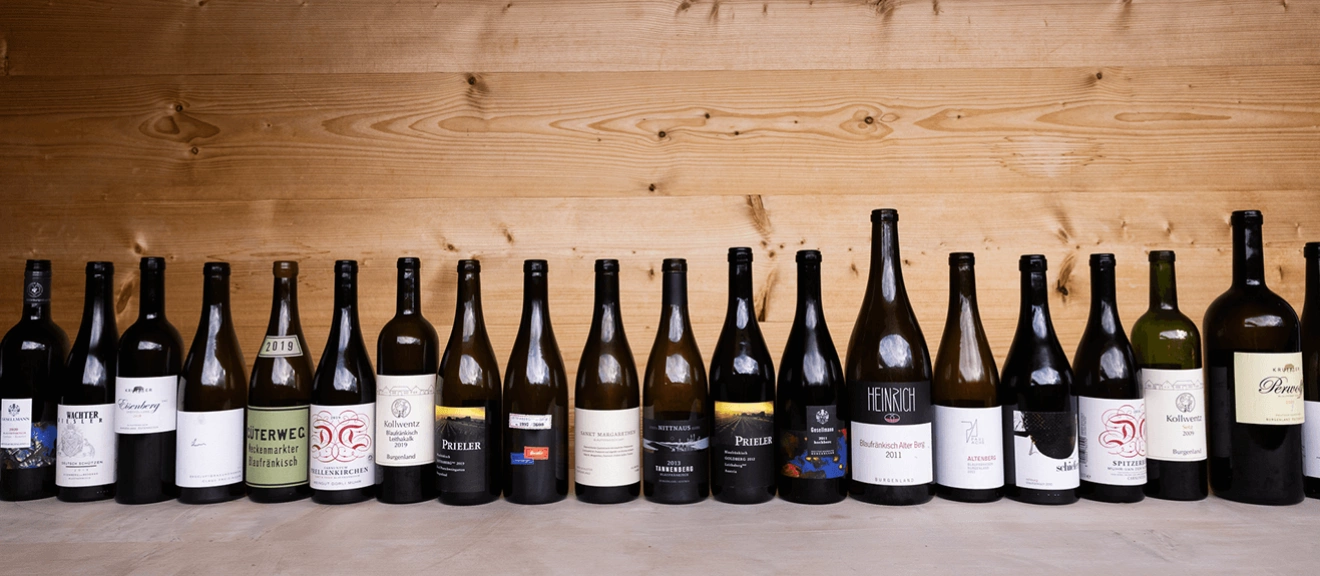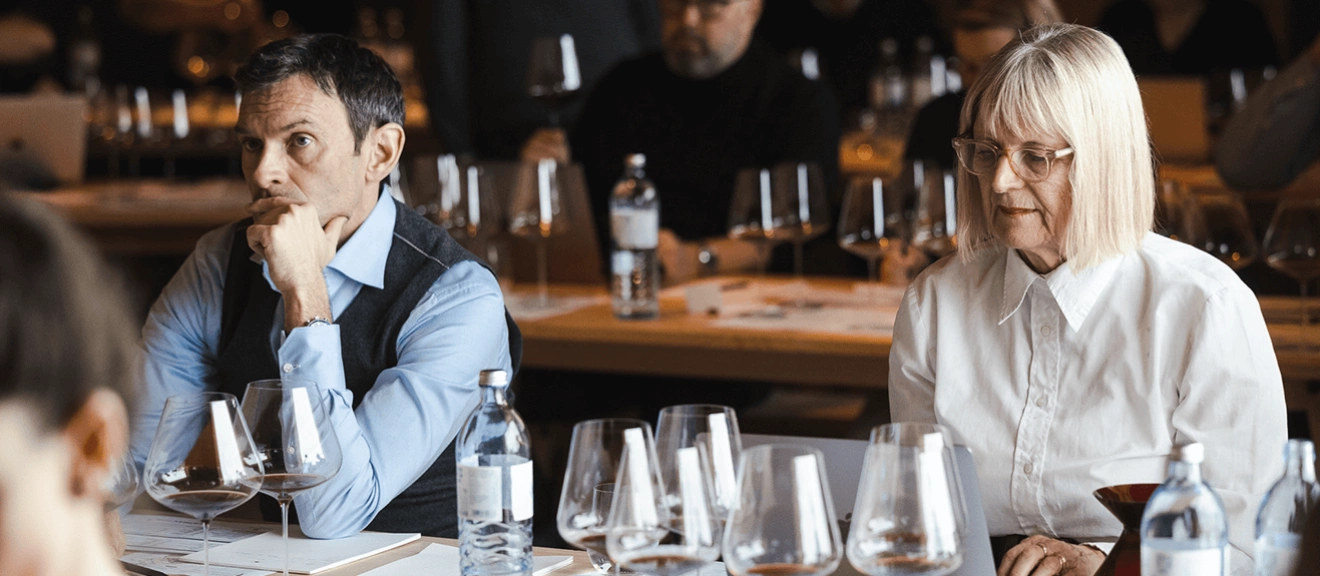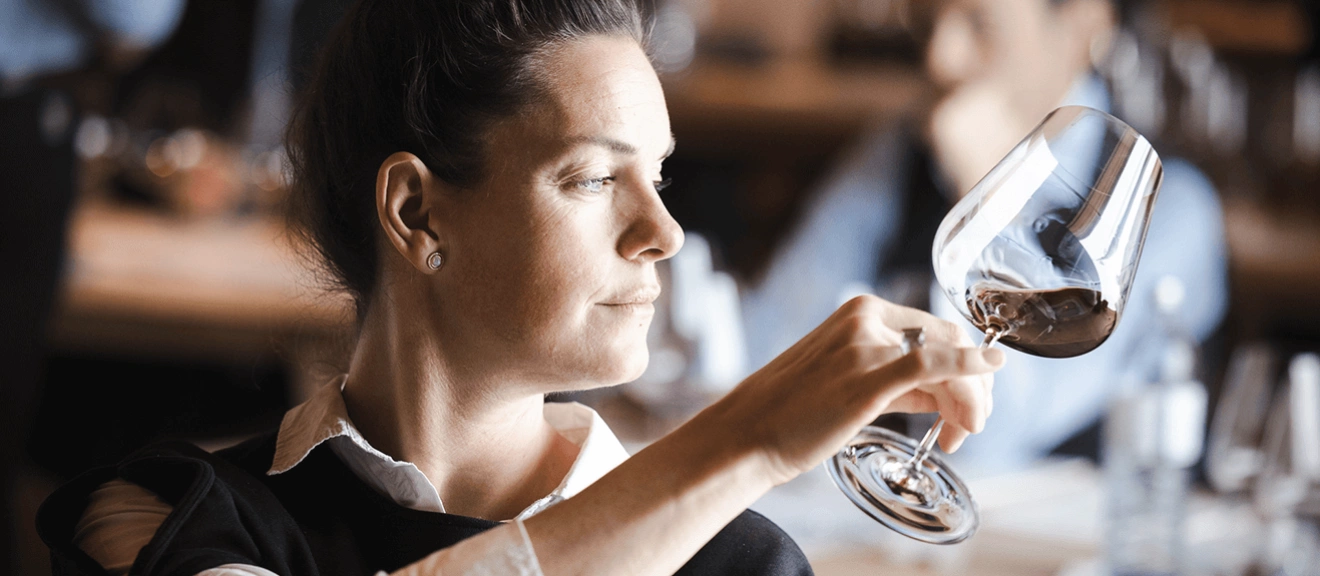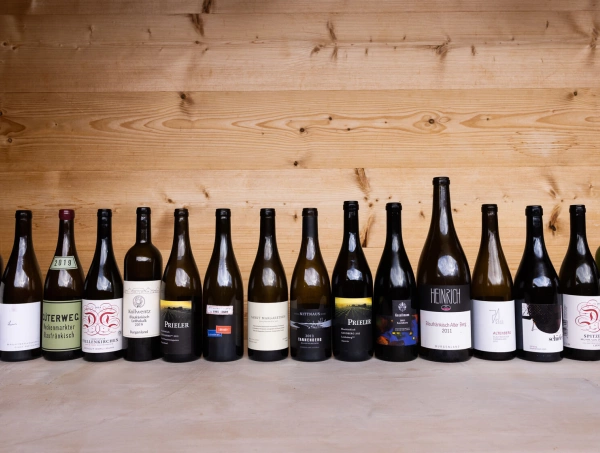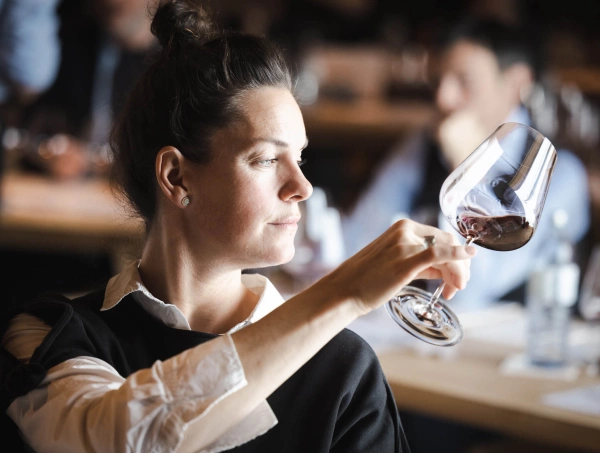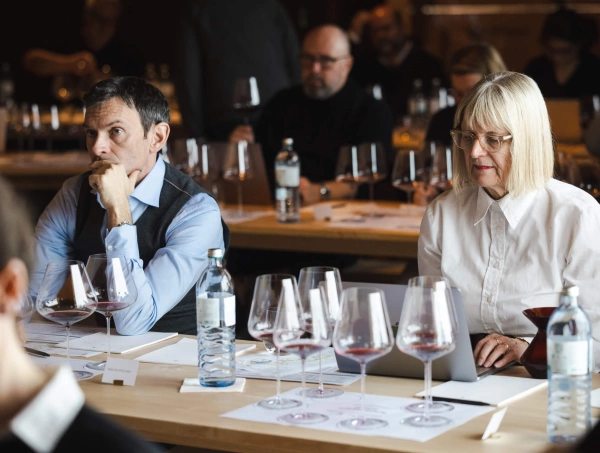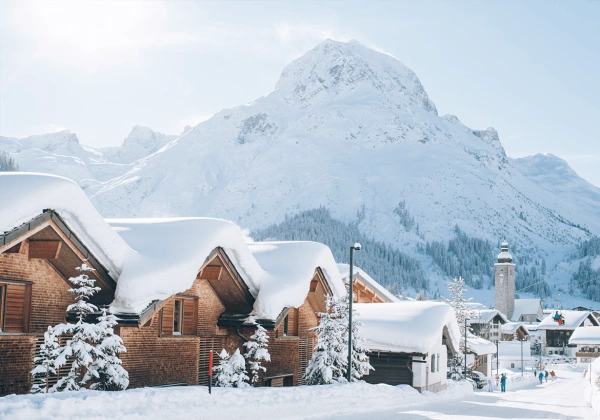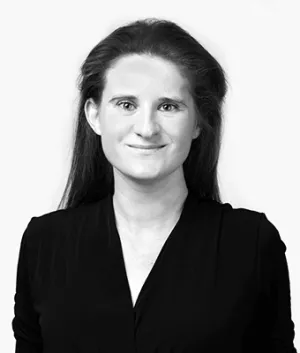Marc Almert, world champion sommelier, Baur au Lac, Switzerland
Willi Balanjuk, wine journalist, A la Carte, Ö
Philipp Braun, food journalist, Oberösterreichische Nachrichten, Austria
Ivan Carvalho, food journalist, Monocle, Italy
Sara Døscher, wine journalist, VG, Norway
Romana Echensperger MW, wine writer, Germany
Joshua Greene, wine journalist, Wine&Spirits, USA
Jamie Goode, wine journalist, wineanorak.com, UK
René Langdahl, wine journalist, renelangdahl.com, DenmarK
Linda Perez, wine journalist, Svenska Dabladet, Sweden
Stephan Reinhardt, wine journalist, Robert Parker Wine Advocate, USA
Jancis Robinson, wine journalist, Financial Times, UK
David Schildknecht, wine journalist, vinous.com, USA
Jürgen Schmücking, food journalist, GaultMillau, Austria
Harald Scholl, food journalist, Vinum, Switzerland
Sascha Speicher, wine journalist, Sommeliermagazin, Germany
Roland Graf, Trinkprotokoll, Austria
Gabriel Stone, wine journalist, Drinks Business, UK
Pauline Vicard, wine analyst, Areni, UK
Elena Rameder, Sommelier, trinkreif, Austria
Roland Velich, winemaker, Austria
Clemens Riedl, wine merchant, trinkreif, Austria
The event was also attended by the following sommeliers from restaurants in Lech Zürs:
Josef Neulinger (Almhof Schneider),Anna Kleinle (Arlberg),Martin Prodinger (Sandhof),Markus Winkler (Aurelio),Günther Meindl (Berghof).
